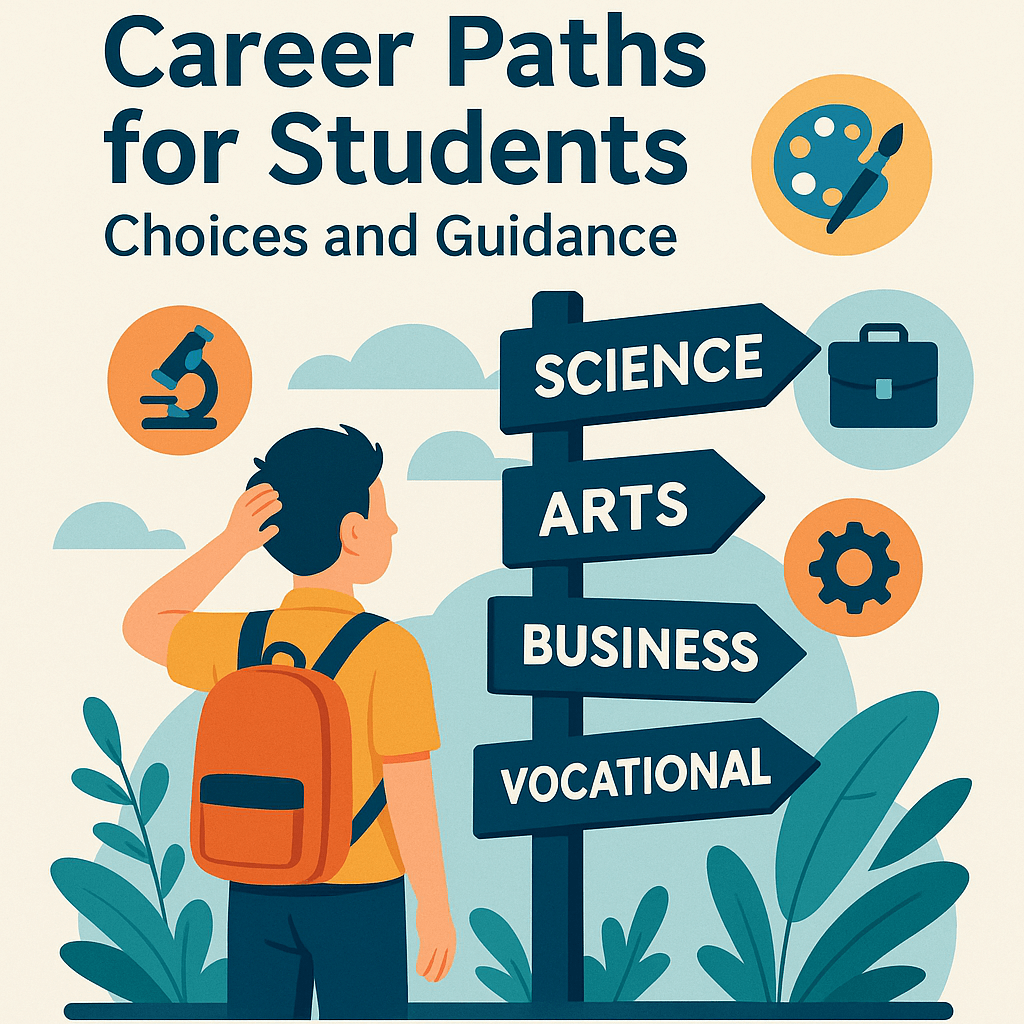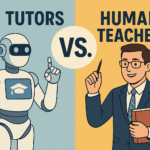Introduction
Choosing a career path is one of the most important decisions students make. It affects future opportunities, personal growth, and overall satisfaction in life. For many, the question is not only “What career should I pursue?” but also “How do I start preparing for it?” The modern world offers numerous paths, ranging from traditional professions to new-age digital careers. This article provides clear guidance on student career choices, key factors to consider, and the steps that can help in building a strong foundation.
Key Takeaway: Career planning is not just about picking a job, but aligning interests, skills, and opportunities to create a meaningful professional journey.
Read:- Bachelor of Mass Media
Why Career Decisions Matter for Students
A career is more than an income source. It defines lifestyle, learning opportunities, and long-term security. Early career planning gives students a sense of direction, builds confidence, and reduces confusion when facing real-world challenges.
Quick Facts:
-
According to surveys, nearly 60% of students feel uncertain about their career path after completing secondary education.
-
Students who seek career guidance during school years are 40% more likely to feel satisfied with their professional choices later.
Key Takeaway: The earlier students reflect on career goals, the smoother their transition to professional life becomes.
Read:- Dietician Course
Factors Students Should Consider Before Choosing a Career
-
Personal Interests
Passion-driven careers often bring long-term satisfaction. For instance, a student interested in creative work may look at design, writing, or performing arts. -
Skills and Strengths
A career that aligns with natural strengths is easier to sustain. For example, strong analytical skills fit well with careers in finance, data science, or law. -
Job Market Demand
Researching industries with high demand helps ensure stability. Careers in healthcare, technology, renewable energy, and digital marketing are currently growing worldwide. -
Education and Training
Some careers require extensive education (medicine, law), while others demand practical skills or certifications (IT, graphic design). -
Work-Life Balance
Students should think about how a career may impact personal time, family life, and stress levels.
Key Takeaway: The best career choices balance passion, skills, and realistic market demand.
Career Paths After Secondary School
1. Science Stream Careers
-
Medicine and Healthcare: Doctors, nurses, physiotherapists, and researchers.
-
Engineering and Technology: Mechanical, civil, IT, and computer science engineering.
-
Pure Sciences: Physics, chemistry, biology, leading to research or teaching.
2. Commerce Stream Careers
-
Chartered Accountancy (CA): A respected field with global demand.
-
Business Management: Marketing, finance, and HR roles.
-
Banking and Finance: Investment banking, stock market analysis.
3. Arts and Humanities Careers
-
Law: Advocates, judges, legal consultants.
-
Media and Communication: Journalism, advertising, public relations.
-
Education and Social Work: Teaching, counselling, NGO work.
4. Vocational and Skill-Based Careers
-
Digital marketing, web development, photography, fashion designing, and culinary arts.
-
These careers focus more on skills and certifications rather than traditional degrees.
Key Takeaway: Different streams open unique doors — what matters most is matching them with individual passion and long-term prospects.
Emerging Career Options for Students
-
Data Science and Artificial Intelligence
With businesses relying heavily on data, AI and machine learning roles are rapidly growing. -
Cybersecurity
Protecting organisations from online threats is a field with strong future demand. -
Environmental Science
Careers in renewable energy, sustainability, and climate research are becoming vital. -
Healthcare Technology
Telemedicine, medical AI, and biotech create opportunities for tech-driven healthcare professionals. -
Creative Digital Careers
YouTube creators, bloggers, video editors, and digital artists are shaping new-age professions.
Key Takeaway: Students can look beyond traditional fields and prepare for careers that align with future innovations.
Step-by-Step Career Planning Guide for Students
Step 1: Self-Assessment
-
Identify interests through career tests or simple reflection exercises.
-
Note down strengths in academics, extracurriculars, and problem-solving.
Step 2: Research
-
Read about different professions, watch interviews, or attend webinars.
-
Study required qualifications, growth opportunities, and salary expectations.
Step 3: Set Goals
-
Create short-term goals (finish certifications, internships) and long-term goals (become a specialist, start a business).
Step 4: Gain Experience
-
Internships, volunteer work, and part-time jobs provide real-world exposure.
-
Build skills like communication, teamwork, and leadership.
Step 5: Seek Guidance
-
Talk to career counsellors, teachers, or mentors in the desired field.
-
Networking often opens doors to opportunities.
Key Takeaway: Structured planning makes career choices more practical and achievable.
Read:- IELTS Exam Qualification
Mistakes Students Should Avoid
-
Following Peer Pressure
Choosing a career only because friends are doing it may lead to dissatisfaction. -
Ignoring Market Demand
Passion is important, but awareness of demand and employability is equally vital. -
Neglecting Soft Skills
Communication, problem-solving, and adaptability are as valuable as technical expertise. -
Not Updating Skills
Industries evolve. Continuous learning helps students stay relevant.
Key Takeaway: Awareness of mistakes helps students avoid wasted years and wrong turns.
Role of Parents and Teachers in Student Career Choices
-
Parents: Can guide by sharing life experiences but should not impose. Support and encouragement build confidence.
-
Teachers: Often notice students’ hidden talents and can recommend suitable career paths.
-
Schools and Colleges: Career counselling programs and workshops can help students explore more options.
Key Takeaway: Support systems at home and school play a vital role in shaping career paths.
Balancing Passion and Practicality
Students may struggle between pursuing passion and choosing stable careers. The solution lies in balance. For example:
-
A student who loves music may study sound engineering or media production, combining creativity with employability.
-
An art enthusiast could pursue design technology or architecture.
Key Takeaway: Careers can be both fulfilling and practical when approached with balanced planning.
Future Skills Every Student Should Develop
-
Digital Literacy – Comfort with technology, online tools, and remote collaboration.
-
Critical Thinking – Ability to analyse situations and make informed decisions.
-
Communication – Clear speaking and writing across professional environments.
-
Adaptability – Readiness to adjust in a changing job market.
-
Financial Awareness – Basic knowledge of budgeting, savings, and investments.
Key Takeaway: Skills are universal assets, preparing students for any career field.
Conclusion
Career choices for students require thoughtful planning, guidance, and adaptability. The future job market will reward not only technical expertise but also soft skills and lifelong learning. By understanding personal interests, researching opportunities, and seeking guidance, students can build rewarding careers that provide both stability and growth.






Comments
0 comments